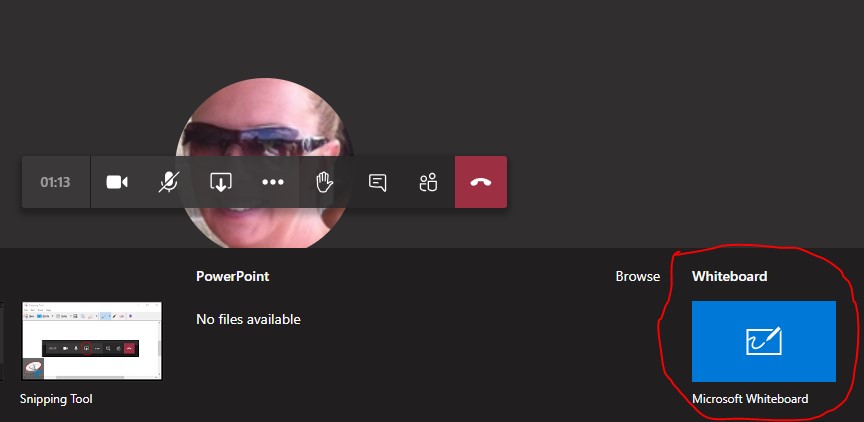Today the Herald has reported 2 cases of men carrying out electrical work that they were unauthorised to do. This serves as a timely reminder to always check the credential of your contractors. In this case the resulting work was deficient, potentially dangerous, non-compliant and safety issues were found.
“For safety reasons, only licensed electrical workers are allowed to perform prescribed electrical work,” Registrar of the Electrical Workers Registration Board Richard Stubbings said.
To ensure your new build is compliant only use licensed electrical workers to carry out electrical work. You can be sure when engaging Automation Associates that the technicians carrying out any electrical work are authorised and licensed to do so. Please feel free to call us on 09 377 3778 if you would like to discuss our teams credentials.
NZ Herald article follows.
Unlicensed sparkies fined $10,000
NZ Herald
12:10 PM Tuesday Oct 18, 2016
Ronald Todd was not licensed to carry out prescribed electrical work under the Electricity Act.
An unlicensed sparkie whose company carried out “potentially dangerous” electrical work at a school has been fined just over $3000.
The man, Petone’s Ronald Todd, was engaged to carry out electrical work on the flood and security light system at an Upper Hut school, the Ministry of Business, Innovation and Employment (MBIE) said today.
Todd was not licensed to carry out prescribed electrical work under the Electricity Act and concerns were later raised about his work, MBIE said.
An inspector, according to MBIE, found that the work carried out by Todd’s company was “deficient and potentially dangerous”.
Todd pleaded guilty to one charge of performing unauthorised prescribed electrical work and was fined $3187.
In another case, Massey man Jack Camplin did electrical work on a 36 foot yacht in 2014.
While he had indicated he was qualified to do this marine work, Camplin was not a registered electrician and not authorised to do it, MBIE said.
MBIE said Camplin’s work was non-compliant and safety issues were found.
Camplin, MBIE said, admitted one charge of performing unauthorised prescribed electrical work and was fined $6075 and ordered to pay costs of $356.
“For safety reasons, only licensed electrical workers are allowed to perform prescribed electrical work,” Registrar of the Electrical Workers Registration Board Richard Stubbings said.
“In both of these cases, the men involved implied that they were qualified to do the electrical work they were engaged to complete, however that was not the case. This misrepresentation of their qualifications resulted in dangerous and deficient work, which could have resulted in a serious incident,” he said.
“This highlights the importance of always using a licensed electrical worker to do prescribed electrical work. To ensure the person is licensed, ask to see their photo ID before they begin the job, and ask them to certify their completed work,” Stubbings said.



